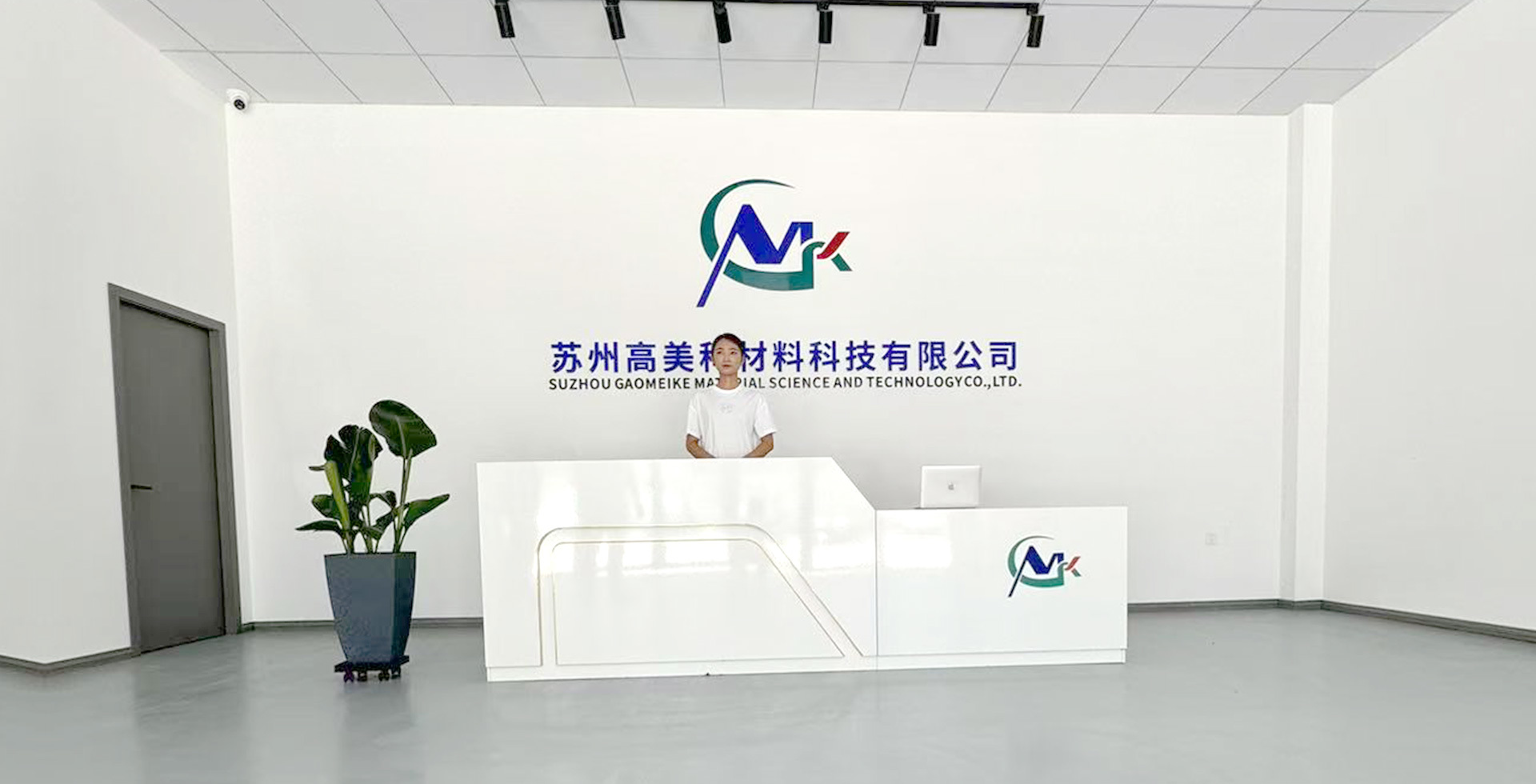EQUIPMENT
EQUIPMENT
APPLICATIONS
APPLICATIONS
ABOUT US
ABOUT US
Professional processing of various coatings and wear-resistant parts
Suzhou Gaomike Material Technology Co., Ltd., established in 2021, is located in Dongbang Economic Development Zone, Changshu City, Suzhou City, Jiangsu Province, adjacent to Changtai Expressway, with convenient transportation. It is a high-tech enterprise specializing in processing various coatings and wear-resistant parts.
The company has obtained environmental assessment, safety assessment and other qualification certificates, the company has Praxair JP8000 supersonic spraying system, Meike plasma spraying system, arc spraying equipment, a number of six-axis arm length 2 meters 1 manipulator. And has related post-processing equipment: large cylindrical grinder, large lathe, various specifications of polishing machine, and coating testing equipment.
SIX ADVANTAGES
SIX ADVANTAGES

Choose a substrate with high stability
Provide surface anti-corrosion, wear-resistant, heat insulation, insulation, conductive, magnetic and other functional enhancement and surface modification and product repair services to extend the service life of the product at the same time.
Traceable production process quality management
Provide surface anti-corrosion, wear-resistant, heat insulation, insulation, conductive, magnetic and other functional enhancement and surface modification and product repair services to extend the service life of the product at the same time.
All production using precision imported equipment
Provide surface anti-corrosion, wear-resistant, heat insulation, insulation, conductive, magnetic and other functional enhancement and surface modification and product repair services to extend the service life of the product at the same time.
More cost-effective to break the foreign monopoly
Provide surface anti-corrosion, wear-resistant, heat insulation, insulation, conductive, magnetic and other functional enhancement and surface modification and product repair services to extend the service life of the product at the same time.
Experienced Engineer
Provide surface anti-corrosion, wear-resistant, heat insulation, insulation, conductive, magnetic and other functional enhancement and surface modification and product repair services to extend the service life of the product at the same time.
A rich variety of coatings to meet the needs of various industries
Provide surface anti-corrosion, wear-resistant, heat insulation, insulation, conductive, magnetic and other functional enhancement and surface modification and product repair services to extend the service life of the product at the same time.
BLOGS
BLOGS
Mastering Thermal Spraying: Tips and Tricks You Need to Know

2025-06-12
Unlocking the Mysteries of Thermal Spraying: Common Questions Answered!

2025-06-07
The Magic of Thermal Spraying: Revolutionizing Industries

2025-06-02
The Wonders of Thermal Spraying: A Deep Dive into Coating Technology

2025-05-28
Unveiling the Magic of Thermal Spraying: A Game Changer in Coating Technology

2025-05-23
Mastering Thermal Spraying: Tips and Tricks You Need to Know

2025-06-12
Unlocking the Mysteries of Thermal Spraying: Common Questions Answered!

2025-06-07
The Magic of Thermal Spraying: Revolutionizing Industries

2025-06-02
The Wonders of Thermal Spraying: A Deep Dive into Coating Technology

2025-05-28
Unveiling the Magic of Thermal Spraying: A Game Changer in Coating Technology

2025-05-23




